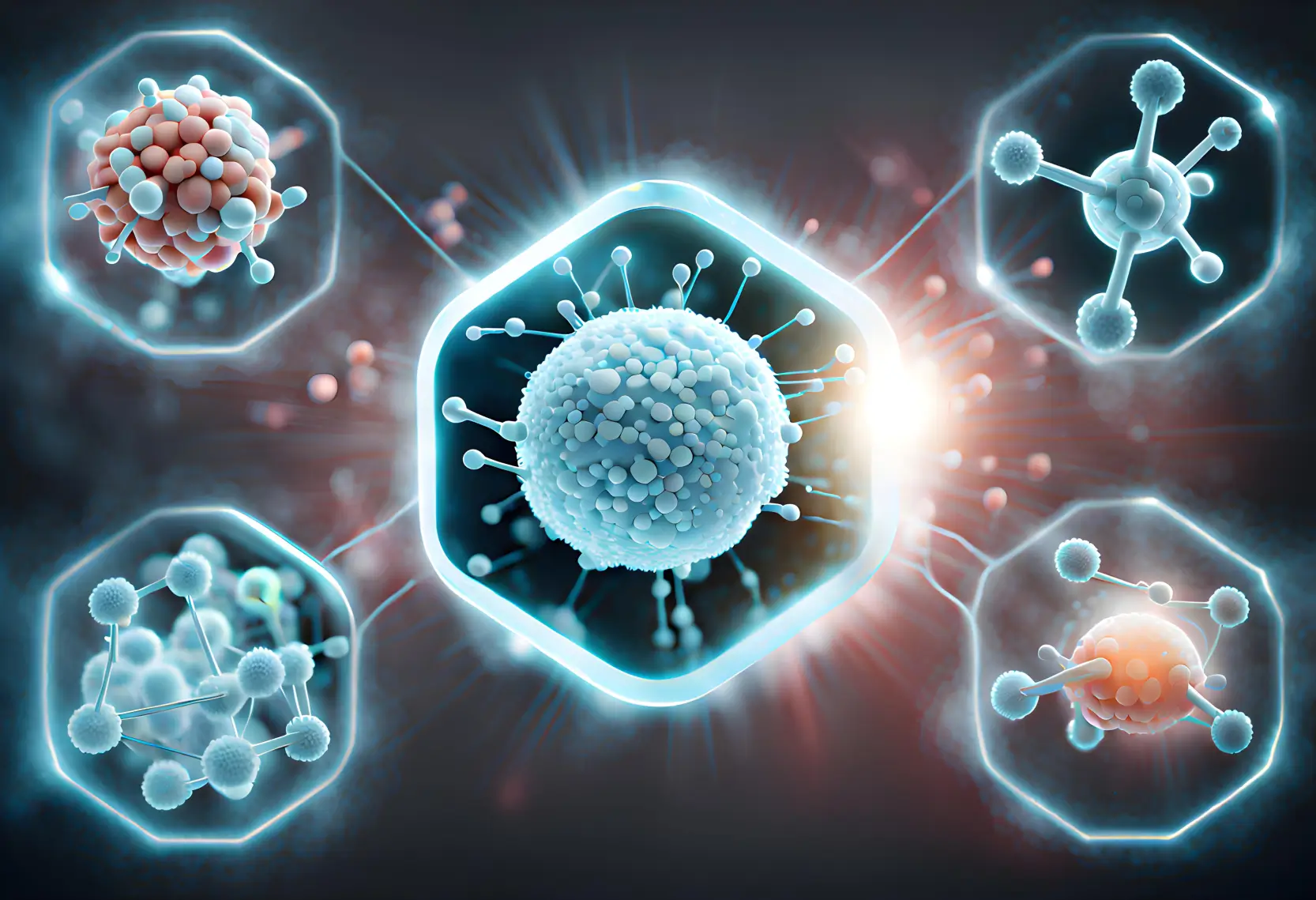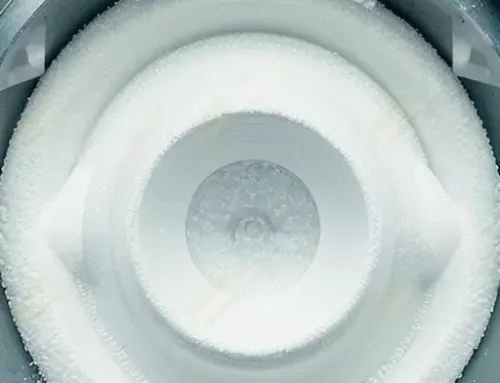
Nanotechnology in medicine builds on the core principles of nanotechnology. Specifically, this field focuses on manipulating materials at the nanometer scale, typically between 1 and 100 nanometers. Over time, ongoing research and a deeper understanding of particle characteristics have equipped scientists with advanced tools to customize particles. Consequently, these advancements enhance industrial processes, boost product quality, and promote societal and environmental sustainability.
Unique Properties of Nanoparticles
Nanoparticles, with their tiny dimensions ranging from billionths of a meter, possess unique physical and chemical properties. Because of these characteristics, they prove invaluable across various sectors, especially in medicine. In pharmaceutical and healthcare applications, nanotechnology plays a pivotal role, revolutionizing drug delivery, drug development, imaging, and tissue engineering.
Pharmacology and Medicine
Targeted Drug Delivery
Researchers continue to explore numerous ways nanoparticles can revolutionize pharmacology. By engineering these particles from materials like lipids, polymers, and metals, scientists can customize their size, shape, and surface chemistry. One promising application is targeted drug delivery. In this approach, drugs are encapsulated within nanoparticles that bind to specific cells or tissues. As a result, therapeutic outcomes improve while side effects are minimized.
Advantages Over Traditional Methods
Targeted drug delivery offers several advantages over traditional methods. For instance, nanoparticles reduce drug toxicity by limiting exposure to non-targeted cells. Additionally, encapsulation lowers the required dosage, boosts bioavailability, and protects drugs from premature degradation. Consequently, this approach extends the shelf life of medications and ensures more effective treatments.
Controlled and Sustained Release
Another key feature is controlled or sustained drug release. Nanoparticles can be engineered to release drugs gradually over time. This method improves treatment efficacy, reduces dosing frequency, and minimizes adverse effects. Additionally, scientists are investigating nanoparticles in regenerative medicine. By transporting growth factors, nanoparticles could accelerate tissue repair, including bone and blood vessel regeneration.
Examples of Applications
Researchers are already utilizing nanoparticle technology to deliver drugs such as anticancer agents, gene therapies, vaccines, and anti-inflammatory medications. Furthermore, the versatility of nanoparticles continues to drive groundbreaking innovations, potentially redefining treatment protocols and revolutionizing modern medicine.
Imaging and Diagnostics
Enhancing Medical Imaging
Nanomaterials have driven major advancements in medical imaging and diagnostics. Acting as efficient molecular probes, they enhance the speed, accuracy, and quality of diagnostic data. For instance, gold nanoparticles improve imaging techniques such as CT scans, MRIs, and X-rays. Thanks to their high atomic number and excellent light absorption properties, they serve as highly effective contrast agents.
Targeted Imaging for Cancer Detection
Engineered nanoparticles can precisely target cancer cells, significantly enhancing imaging contrast and precision. With their strong light scattering and absorption properties, these nanoparticles enable doctors to detect tumors with greater accuracy. As a result, this capability is revolutionizing cancer diagnosis and monitoring.
Photothermal Therapy
Gold nanoparticles play a crucial role in photothermal therapy. In this treatment, light heats the nanoparticles, effectively destroying malignant tissues. Moreover, by functionalizing the nanoparticles with antibodies, scientists ensure they selectively target cancerous cells. This precise approach minimizes damage to healthy tissue, significantly enhancing both treatment safety and effectiveness.
Quantum Dots in Bio-Imaging
Quantum dots, a type of semiconductor nanoparticle, are rapidly gaining popularity in bio-imaging. These particles emit various light wavelengths depending on their size and composition, making them ideal for visualizing cells, blood vessels, and tumors in vivo. Furthermore, researchers are exploring the use of quantum dots in cancer diagnostics, aiming to enhance traditional imaging methods like X-ray fluorescence (XRF) and significantly improve detection accuracy.
Advancements in X-Ray Imaging
XRF imaging, which uses nanoparticles as X-ray sources, represents a significant breakthrough. This technique captures detailed images of inorganic materials, such as heavy metals, that traditional X-rays cannot detect. Additionally, researchers are investigating alternatives to gold nanoparticles, including iron oxide, silver, and carbon-based particles. By binding these nanoparticles to antibodies or peptides, scientists enhance imaging precision and sensitivity, unlocking new possibilities for medical diagnostics.
Summary
Nanoparticles hold immense promise in modern medicine. They are already transforming drug delivery, imaging, and diagnostics. As a result, they are driving significant advancements across the healthcare industry. These innovations enable earlier disease detection, making it possible to identify illnesses before they become severe. Additionally, nanoparticles deliver more effective treatments by precisely targeting affected areas, which directly benefits patients. They not only improve health outcomes but also help cut healthcare costs by reducing hospital stays and minimizing treatment side effects.
Furthermore, the potential of nanotechnology stretches far beyond healthcare. It could revolutionize industries such as agriculture, energy, and environmental science. For example, nanoparticles might improve crop protection or enhance renewable energy technologies. However, understanding the full scope of these possibilities requires careful and ongoing research. Scientists need to investigate both the potential risks and the immense benefits nanoparticles offer. Only then can we harness their power safely and efficiently.
As science continues to progress, the impact of nanoparticles in medicine keeps growing. New discoveries emerge regularly, expanding their applications and evolving our understanding. The future of nanotechnology promises groundbreaking advances, reshaping the way we diagnose, treat, and even prevent diseases.




